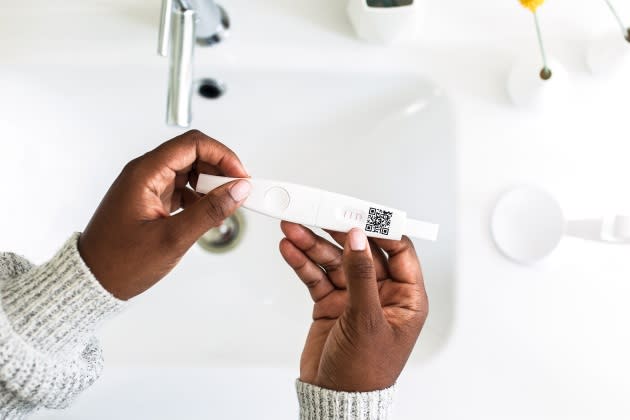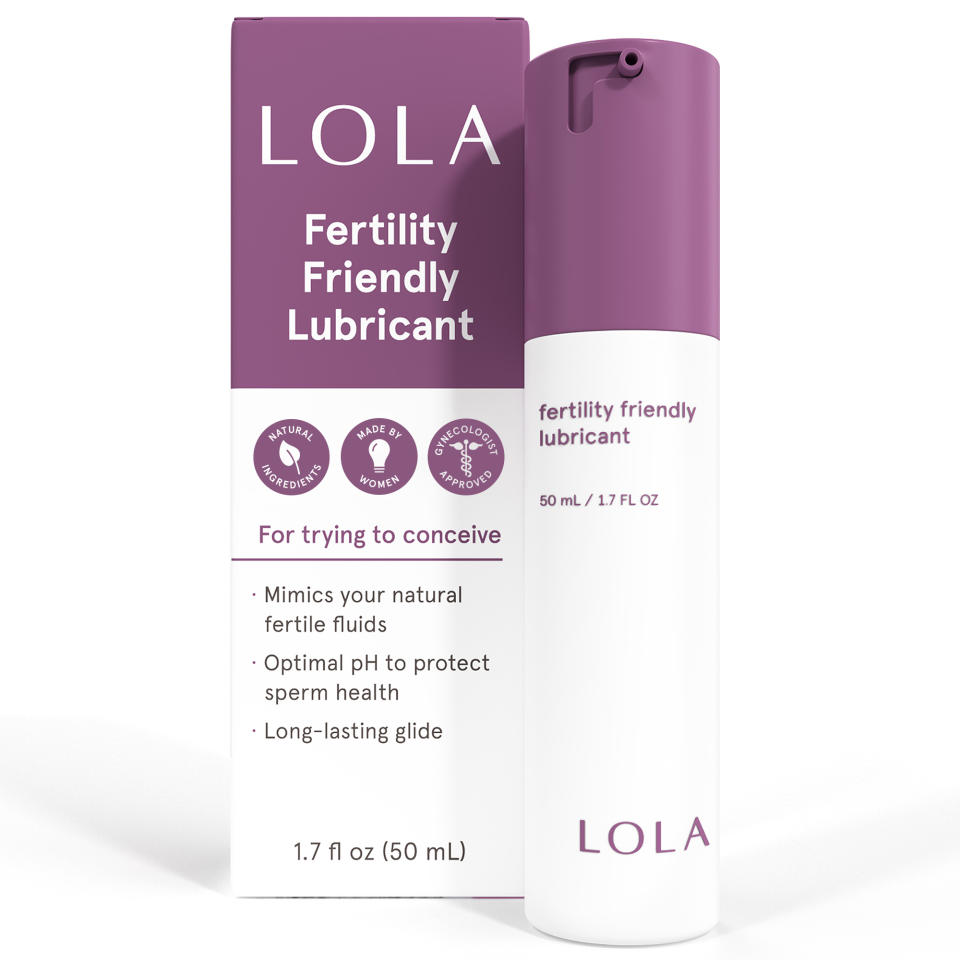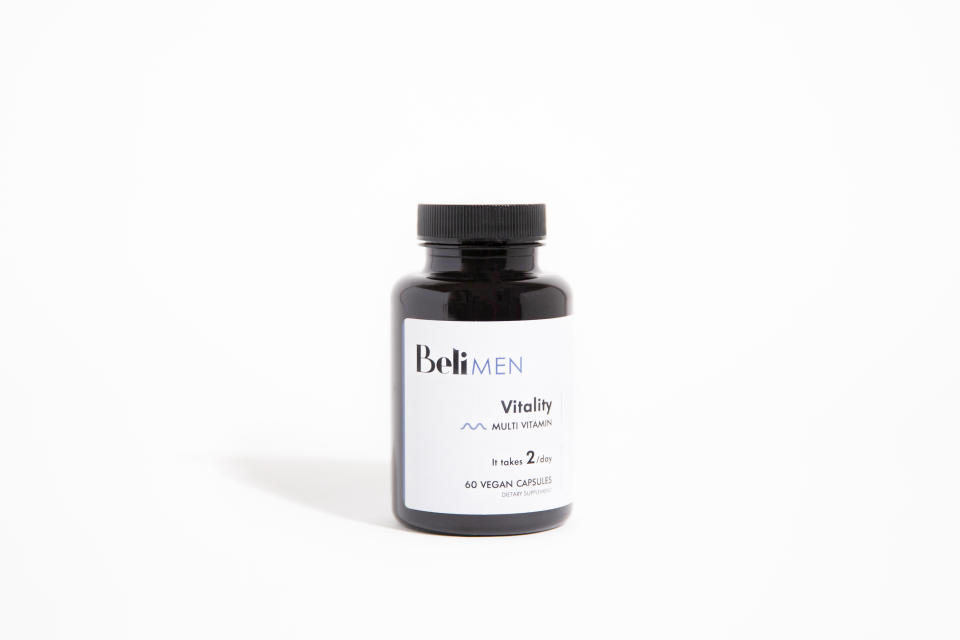The Future of Fertility

Consumers are taking fertility into their own hands.
As the fertility category continues to grow both in terms of product innovation and medical services, two key trends stand out: consumers are thinking long term, but they are also seeking more accessible options.
More from WWD
“It used to be that people would wait until they hadn’t quite settled down and had their families when they thought they would have. They were coming at a much later age to do egg freezing which wasn’t as fruitful in the end,” said Dr. Taraneh Nazem, a double board certified reproductive endocrinologist, infertility specialist and OB-GYN at RMA, a fertility clinic in New York. “Now, the age at which people are coming to do egg freezing has definitely come down.”
Although, younger consumers are thinking about fertility early on, the egg freezing procedure can be expensive, costing up to $15,000 according to CNY Fertility. Recently, though, new products and other medical treatments are coming to market to address consumer demand for products that support conception in a more accessible way.
“It’s [fertility] become, like all things female reproductive health, more commonplace,” Nazem said. “[Women are] preparing for it. They’re taking their fertility into their own hands and they’re not just leaving it up to chance anymore.”
“These start-up companies and solutions that are on the market are allowing consumers to be able to be more in control of their own process by providing tools and solutions for them,” agreed Maria Toler Velissaris, founding partner at SteelSky Ventures, a fund that invests in women’s health care businesses. “They’re finding ways to be able to connect but have a process that works with their financial situation.”
Consumers are aiming to support their fertility journeys early through programs, like Chiyo’s Hormone Balance and Fertility Program or with products like Lola’s Fertility Friendly Lubricant, $20.

“It actually mimics the pH of sperm and fertile fluids, so that the longevity of the sperm is optimized,” said Amy Fisher, Lola chief executive officer. “When you’re trying to conceive, you don’t want to be putting things in your body that are going to counter what you’re trying to achieve. You want something that’s actually going to help promote it and encourage it, so that was the big consumer unlock here of why we created this product.”
Chiyo, founded by Jennifer Jolorte Doro and Irene Liu, offers a six-week meal plan nationwide that employs ingredients meant to aid in conception, such as Brazil nuts and Moringa milk.

After launching their business, which was initially focused on postpartum meal plans, “people were already asking for the fertility program,” Liu said. “Probably 20 percent of the inquiries that were coming in were, ‘Can you help me in the fertility period?’”
“What you see from people who have a lot of intel and resources is that they are working with a nutritionist one-on-one. They might have a chef that comes to make meals for them, and so how do we democratize that access,” Liu said of Chiyo’s overall vision and mission.
As it was clear to the duo that consumers are seeking additional guidance, they implemented weekly health check-ins and are also planning to partner with fertility clinics to offer their services there.
Another company trying to increase access is Proov, which offers an array of fertility tests for both men and women, as well as access to education, providers and products that could aid in certain infertility issues.
“Once people have that information, they’re armed with what they can do and what they can ask….The big shift is more options and more education that allows consumers to have that active role in that journey,” said Proov founder and CEO Amy Beckley, noting that part of the brand’s goal is to offer alternatives to or an option to consumers before they try in vitro fertilization (IVF).
Several other products aim to provide convenience for those looking to conceive. For example, Natural Cycles allows a user to track their fertility based on temperature and artificial intelligence. Oova’s The Oova Kit, $160, allows users to test their fertility hormone levels at home and connect with a provider in real time. Frida’s new fertility vertical includes an At-home Insemination Set, $50, for direct sperm delivery, Male and Female Pre-Conception Supplements, $30, to support fertility, and several testing and tracking kits.
“By creating a system or regimen around preparing your eggs and sperm and testing and tracking your hormones, it’s a more comprehensive and easy unlock for an otherwise confusing and overwhelming experience,” said Frida CEO and founder Chelsea Hirschhorn. “Then when you introduce the at-home insemination experience to relieve performance anxiety pressure or democratize insemination access to a broader demographic, the solutions unfold into a thoughtful and holistic experience.”
Men are also being brought into the conversation more. According to the Cleveland Clinic, at least half of infertility cases can be attributed to men. However, there has been a stigma that women are often the reason for infertility. In an effort to address this, Beli Baby’s Beli Vitality for Men, $50 per month, employs ingredients like zinc, folate and other major vitamins that are meant to promote sperm quality and future fertilization.

“Sperm is 50 percent of the equation,” said Beli Baby founder and CEO Joni Hanson Davis. “Where there’s women’s fertility, we need to talk about men because it doesn’t do women any good to have all this information if nothing’s happening on the men’s side.”
The traditional health care system is also making strides to make fertility procedures and treatments more convenient, accessible and effective, especially in comparison to the first IVF birth in 1978.
“We know so much more about embryos, because now we can do genetic screening of embryos and because we can freeze embryos and save them and do just a single embryo transfer rather than multiple transfers,” Nazem said. “All of that has helped us in improving our outcomes, not only in improving success rate through IVF and having a higher pregnancy rate than we used to, but it’s also in reducing adverse outcomes.”
Medical establishment are continuing research. The Columbia University Fertility Center in New York City, for example, has conducted an array of studies and implemented several new tools, including a pin-based painless at-home blood draw device for IVF patients and an at-home sperm collection kit.
“Having infertility is such a stressful thing, all the psychological burdens that go with it and the physical tolls it can take. If we can develop ways to make it less of a burden, to make the process easier, that’s really going to help our patients and all patients,” said Dr. Zev Williams, OB-GYN and reproductive endocrinology/infertility specialist at Columbia.
The center is also conducting a trial using platelet rich plasma (PRP) in conjunction with IVF in an effort to make it more effective, which is showing promising results.
“By giving them these extra growth factors, we’ve seen that lining gets thicker and then [we] have higher pregnancy rates when we put the embryo in,” leading fertility expert, Dr. Jenna Turocy of Columbia University Fertility Center previously told Beauty Inc. “Other people that it can be really helpful for are the people who have had unsuccessful transfers before.”
While patients enrolled in the trial receive the PRP for free, the treatment would cost patients $2,500. Although insurance is yet to cover this given that it is still being studied, fertility treatments across the board have become more accessible, as major companies, like Amazon and Google, increasingly offer family planning and fertility benefits as part of their compensation packages.
“The fact that more insurance providers are offering benefits for fertility coverage is helping big time. Sometimes even outside of the insurance providers, there are employers that will offer separate benefits or reimbursements,” Nazem said. “That’s helping and hopefully will help to shift things moving forward where people know they have the option. They won’t wait until the very end to seek it.”
With more brands and products to market, experts predict consolidation within the category.
“The industry is very fragmented and during this market downturn, we are already starting to see some consolidation in this space. There’s a lot of earlier stage point solutions that we’re seeing either fizzle out or look to combine with another company that would have ancillary value added services. We’ll expect to see more of that as it goes forward,” said Toler Velissaris.
Key takeaways
When it comes to fertility, people are more proactive.
Men are being brought into the infertility conversation earlier and more often.
Medical and consumer-facing product innovations are aiming to make the process more convenient and accessible.
As the category continues to expand, expect consolidation.

